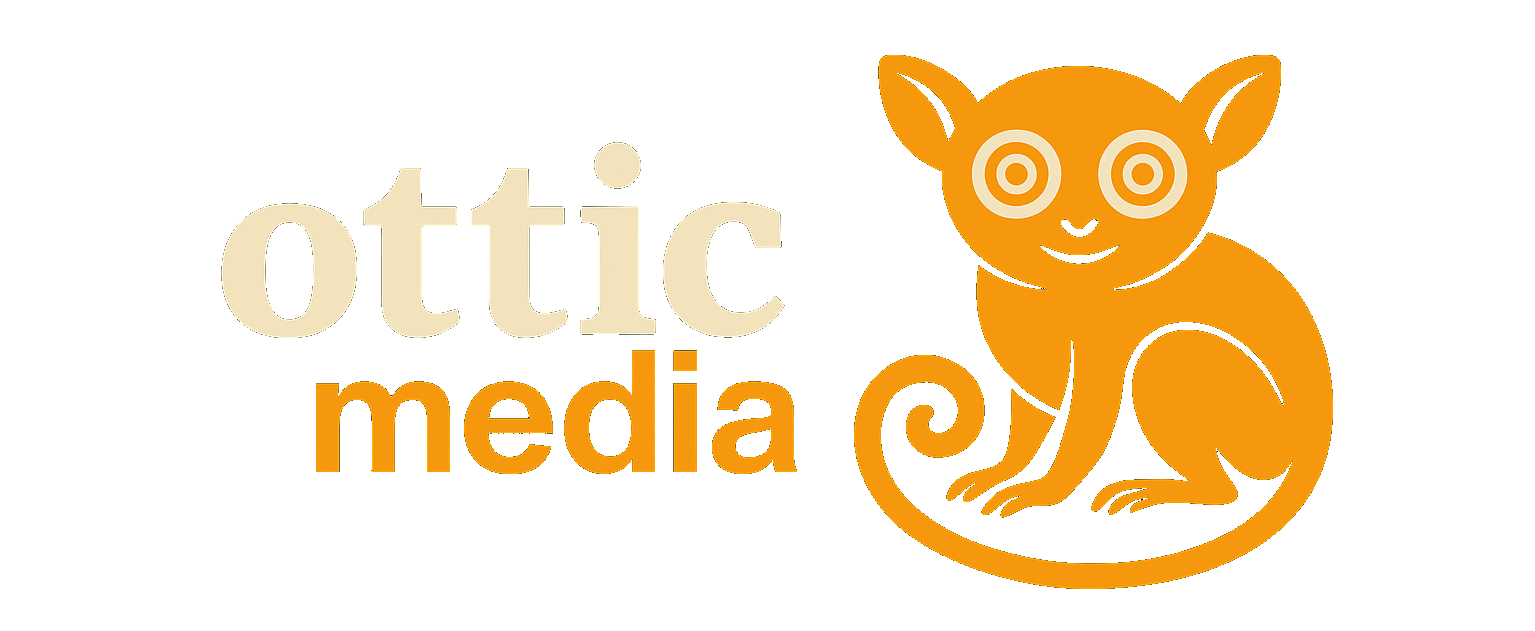Nursing has always been the backbone of healthcare, but the profession faces an ongoing crisis. Burnout and administrative overload are driving more than half of new nurses away from bedside care within two years. In 2025, a new wave of AI-driven tools is stepping in — not to replace nurses, but to restore their focus on what matters most: patients.
At the center of this transformation is Google Cloud’s Nurse Handoff app, launched in partnership with HCA Healthcare. Patient handoffs — the process of passing critical information between nurses during shift changes — happen 60,000 times a day across HCA hospitals, consuming 10 million hours annually. Traditionally managed with paper and memory, handoffs have long been vulnerable to errors. Google’s tool changes that by generating concise, editable summaries with MedLM AI, giving nurses accurate, secure reports that can be quickly reviewed and updated. Early pilots showed strong results, with 86% of nurses finding the summaries factually accurate and 90% rating them as helpful.
Other emerging tools reinforce this trend. NurseMagic helps with note-taking, symptom summaries, and communication templates, while CareVoice acts as a 24/7 triage hotline, producing legal-grade medical summaries and advocating for vulnerable patients.
But while AI is easing the burden of paperwork, it also highlights another critical challenge: Cybersecurity. In the Age of AI-Driven Attacks, rural clinics in particular are highly vulnerable to ransomware. A single outage can delay prescriptions, halt lab results, and leave entire communities without care. The same AI that empowers nurses can also be exploited by cybercriminals through phishing scams, deepfakes, and password-cracking tools. Protecting healthcare networks is no longer optional — it is a matter of patient safety.
This dual reality underscores two truths: AI can be a shield as well as a sword, and healthcare innovation must prioritize both efficiency and security. Rural clinics, where resources are thin, need targeted support — from infrastructure upgrades to AI-driven defense systems that can detect anomalies in real time and restore data without interrupting care.
For creators, entrepreneurs, and innovators, this moment is also an opportunity. Every hospital or clinic visit is a chance to observe inefficiencies, imagine new AI-powered solutions, and even reimagine organizational resilience against cyber threats. From smarter handoffs to safer networks, healthcare is full of problems waiting to be solved. No idea should be wasted.
The message is clear: AI’s role is not to replace human care, but to remove obstacles — whether paperwork or cyber risks — so nurses and providers can focus on healing. When nurses shape the tools, and innovators bring bold ideas, outcomes improve for patients everywhere, from big city hospitals to rural clinics hanging by a thread.
As AI reshapes healthcare, the future may finally shift from exhaustion back to empathy — powered by technology, secured against threats, and led by the people who stand at the bedside.

